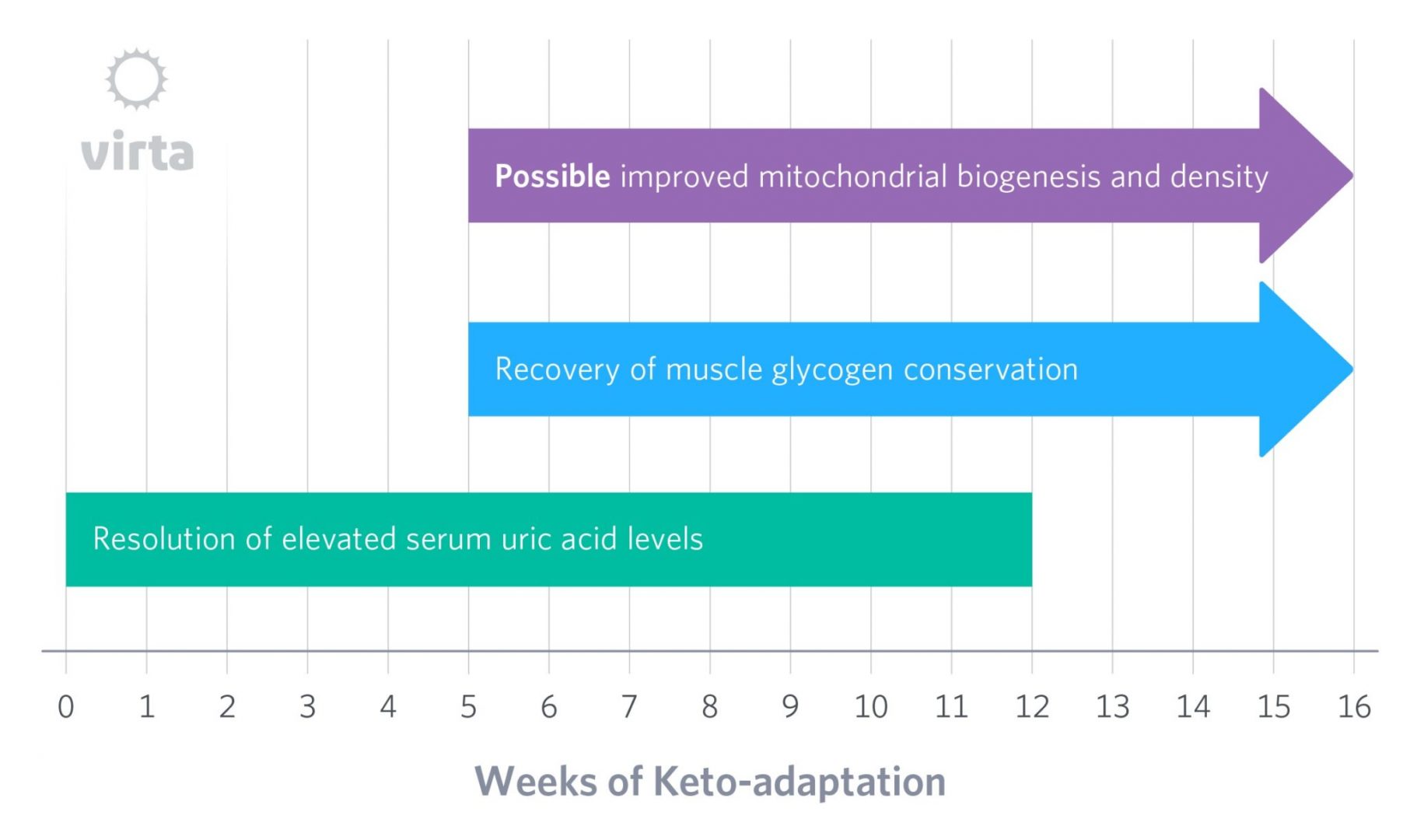
3. Metabolizing Ketones.
In modern civilization we have a situation where almost everyone is permanently physiologically dependent on carbohydrates. They remain completely unaware of the underlying nature of the issue even when they get insulin resistance, diabetes, heart disease, cancer, stroke and Alzheimer’s (type 3 diabetes). Meanwhile, doctors are trained to interpret ketosis as dangerous. At best, efficient metabolic use of ketones is always described as an “adaptation” and considered temporary. Keto Activation and Ketogenic Nutrition simply do not exist in medical jargon.
The fact is that Ketosis is normal and Keto Activation is really a rolling back of carbohydrate dependence. When you were born you were in ketosis and if you were breast fed you received Ketogenic Nutrition – it’s how you started off in life. Ideally it’s probably how you should and would have remained before the intervention of modern petrochemical agriculture and toxic pharmaceutical drug peddling doctors.
Sugar Dependence
Dramatic withdrawal symptoms from carbohydrate dependence, such as “hitting the wall” and hypoglycemia have been discussed in this series. However, we also need to ask if sugar is genuinely addictive.
Sugar causes opiods and dopamine to be released in the central nervous system and similar neural adaptations to those occurring with addictive drugs.

“Neural adaptations include changes in dopamine and opioid receptor binding, enkephalin mRNA expression and dopamine and acetylcholine release in the nucleus accumbens” (ref 28)
Explanation:
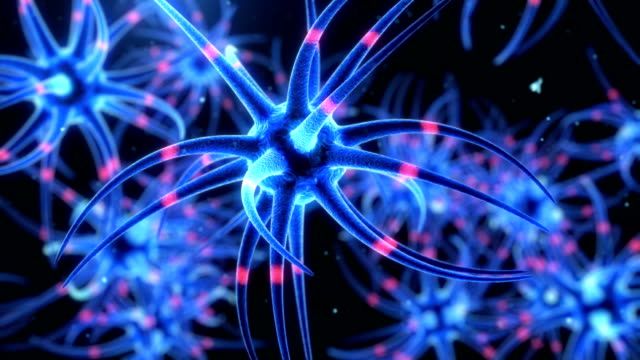
- Endorphin and enkephalin are the body’s natural painkillers. Enkephalins block pain signals in the spinal cord. Endorphins are thought to block pain principally at the brain stem. Both are morphine-like substances whose functions are similar to those of opium-based drugs.
- Acetylcholine is a neurotransmitter which causes muscles to contract, activates pain responses and regulates endocrine and REM sleep functions.
- The nucleus accumbens is the brain’s reward centre. Its operation is based chiefly on two essential neurotransmitters: dopamine, which promotes desire, and serotonin, whose effects include satiety and inhibition.
It’s probably safe to say that sugar is genuinely addictive. Behavioural symptoms include bingeing, withdrawal, craving and cross-sensitization.
“Behavioral sensitization refers to a phenomenon whereby the repeated use of the psychostimulant produces a progressive augmentation of the subjective behavioral response. One of the side effects produced by chronic use of psychostimulants is the development of behavioral sensitization and cross sensitization between two or more of these drugs” (ref 29)
Degeneration
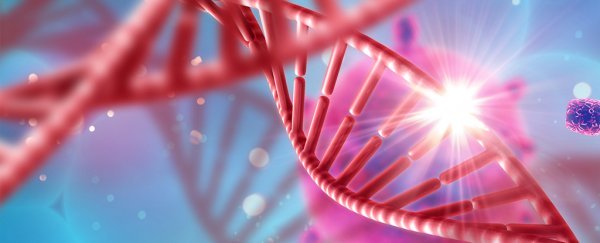
Imagine a world where everyone is in ketosis all the time, eating wild fish, green vegetables, seaweed and fermented stored foods, staying active physically and with no central heating, no TV and no pharmaceutical industry. An alien lands on the planet and hands out sweets, bread, chips, cakes and ripe fruit. The kids are allowed to eat their fill, indefinitely. First of all their teeth rot – the rest just takes decades longer to follow.
Epigenetic changes take place with many genes being expressed differently from their parents. When they themselves have children those epigenetic markers are inherited by their offspring along with the genes – creating a pressure that directs gene mutation over a few generations – and not necessarily in a constructive direction. Future generations become hardwire DNA “adapted” to using inferior genetic programs – losing the genetic advantages of their ancestors.
The following video starts at around 30 mins where there is an excellent explanation of epigenetics…
Regeneration
Rolling back carbohydrate dependence is fortunately not all that difficult to do. The hard part really is avoiding the emotional temptation and lure of the sugars. Today they are practically everywhere. Even organic food shops are filled to the brim with sugar based products – fruit juices, biscuits, breads, cakes etc.
Adopting ketogenic nutrition, where most carbohydrates are eliminated, just automatically drains the swamp of those manufactured, toxic products. Not completely though – because your meat and dairy products may themselves have been nourished on corn or soy and a cocktail of chemical soup, instead of grass for cattle and insects for chicken.
Withdrawal symptoms from carbohydrate dependence are referred to as Keto Flu. This is your body cleaning itself out, detoxifying and progressively reactivating the ketogenic cellular machinery throughout your body. It’s not Keto Flu it’s Carbohydrate Addiction Withdrawal or Carb Flu.
Perhaps we should call the whole process “Keto Activation” because that just sounds more positive. The first thing that happens is you lose a lot of weight, mostly water along with salt. You lose strength temporarily. You may have headaches. When you start to burn body fat for energy toxins stored in that fat may be released and cause temporary discomfort until evacuated from the body. Discomfort is minimal and only lasts between one and two weeks but full physical or athletic performance may take from 4 to 6 months (or longer) to be established. “Hitting the Wall” in endurance sports is one extreme example of Carbohydrate Addiction Withdrawal – Carb Flu!
Major epigenetic changes take place (literally thousands of genes can be affected) with the resultant production of hormones to stimulate neurogenesis, neuroprotective and anti-inflammatory responses. Cancer tumour cells are terminated (autophagy/apoptosis) or simply starved (they consume glucose, not ketones!). Cholesterol and triglyceride profiles are improved. Gout, arthritis, gastric reflux and many more general issues are resolved. The body literally regenerates.
Keto Activation and Ketogenic Nutrition
There are 5 clear stages of Keto Activation from a state of carbohydrate dependence.
- Keto Flatline
- Keto Bounce
- Keto Detox
- Keto Transition
- Keto Active
Keto Flatline
Keto Flatline is the steady metabolic state of the sugar dependent, sedentary couch potato.

There is a constant low basal level of circulating ketones of less than 0.5 mmol/l. Someone sedentary and on a Mediterranean diet will probably never have more than 0.3 mmol/l.
People with obesity (insulin resistance) or (non alcoholic) fatty liver will have a similar level of ketones – but relative to available fatty acid the production of ketones is lower. Consequently, insufficient ketone production leads to cell death and inflammation plus damage incurred from reactive oxygen species (ROS) related lipid peroxidation, protein oxidation and oxidative stress. (ref 27)
Keto Bounce
Keto Bounce would happen after a day or two of fasting (Light ketone level, around 1.0 mmol/l), when it’s a one off event, not part of a program and not intended bring about persistent epigenetic or long term physiological changes in the body. The temporary rise in ketones will mainly be used to fuel the heart and the brain. (Major critical organs get priority for survival.) Skeletal muscles don’t get to use the ketones on a temporary basis so they become relatively weak in this particular fasting state as glycogen stores are already significantly depleted and there is no ongoing dietary supply of blood glucose.
Keto Bounce would also arise when not fasting but eating additional MCT oils or taking exogenous ketones (which average only a tiny 0.33 mmol/l blood ketone increase). The muscles in this case would continue to be fueled by carbohydrates and not experience fatigue. Running for a few hours however would deplete liver glycogen levels and this would also permit temporary endogenous ketone production. Both the MCT oils and the extended exercise are providing ketones mainly used by the heart and this would serve mainly for glucose sparing.
The heart and brain get the main advantages of a Keto Bounce and the here’s why…
The heart is “omnivorous and flexible”, able to use any fuel available. The vast majority of myocardial (heart muscle) energy turnover is within mitochondria and during carbohydrate dependence 70% of this energy originates from Fatty Acid Oxidation. The heart will oxidize ketones in proportion to their delivery, at the expense of fatty acid and glucose oxidation, and heart muscle is the highest ketone consumer per unit mass.
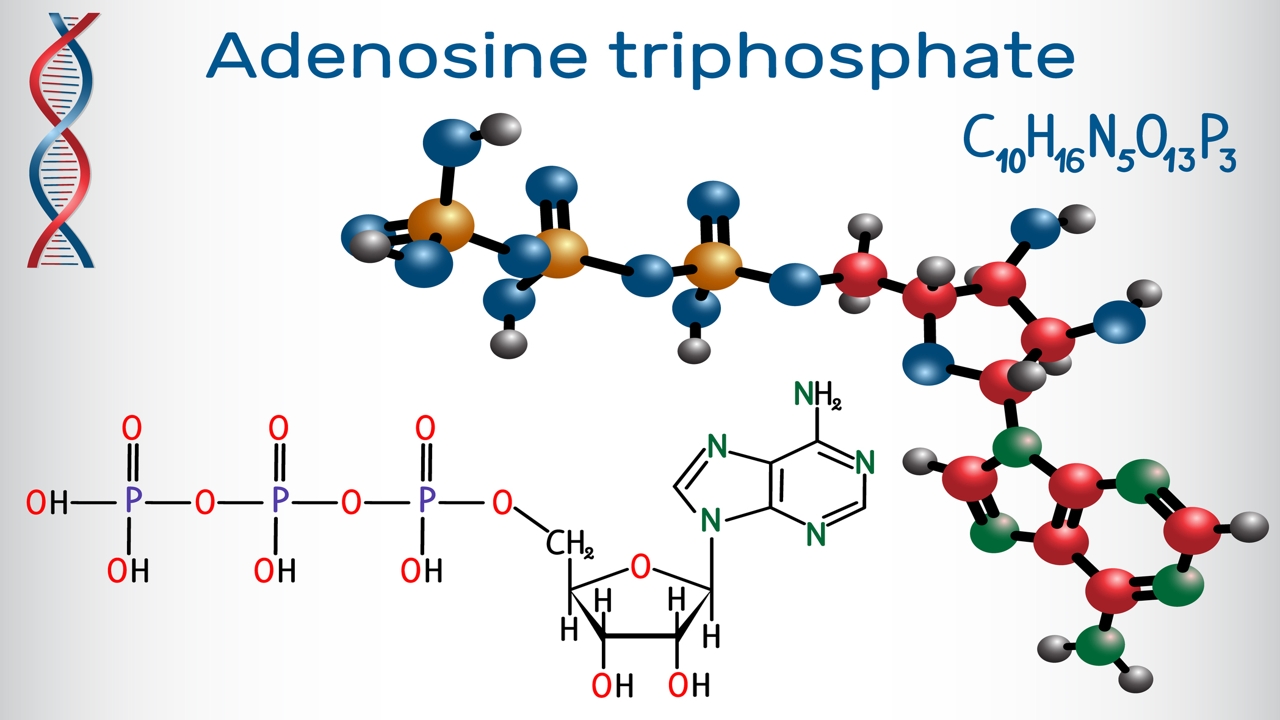
The heart is the organ with the highest energy expenditure and oxidative demand with a metabolic rate exceeding 400 kcal/kg/day, and a turnover of 6–35 kg ATP/day!
Ketones produce ATP more efficiently per molecule of oxygen consumed than glucose or Free Fatty Acids and thereby increase cardiac efficiency (up to 27%). (“Ketone body oxidation also yields potentially higher energy than FAO, keeping ubiquinone oxidized, which raises redox span in the electron transport chain and makes more energy available to synthesize ATP. Oxidation of ketone bodies may also curtail ROS production, and thus oxidative stress“) (ref 27)
Keto Detox
Keto Detox is when you might feel a bit under the weather. Continued fasting beyond one or two days will see ketone levels rise steeply from 1 mmol/l up to high levels around 5 mmol/l. Metabolism is switching from carbohydrate dominance to fat oxidation dominance. After about 3 days of fasting ketones account for around 25% of the brain’s fuel. (ref 30)
After several days of fasting ketones provide about 75% of the brain’s fuel. (ref 31) β-hydroxybutyrate has already reached a stable high level but the body takes months to be able to use it properly. This is why just measuring ketone levels is not sufficient for defining ketosis.
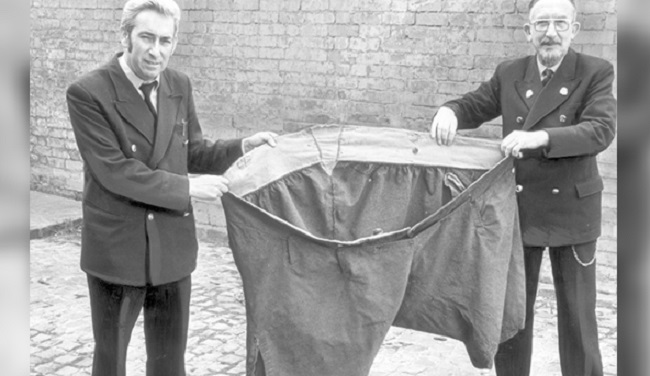
Nutritional Ketosis
Fasting is mainly being used here as the simplest way to clarify the stages of Keto Activation.
Similar results are produced with ketogenic nutrition proving sustained “nutritional ketosis” instead of time limited “fasting ketosis”. However the longest fast on record was In 1965 when Angus Barbieri from Tayport, Scotland, fasted for 382 days. He consumed only vitamins, electrolytes, and zero-calorie beverages such as tea, coffee, and sparkling water. Barbieri’s starting weight was recorded at 456 pounds (207 kg) and he stopped fasting when he reached his goal weight of 180 pounds (82 kg).
Muscle Loss
I’d like to interject at this point that I’m not a fan of fasting without having the metabolism fully Keto Active beforehand. Personal experience has shown me that too much muscle protein is lost (at least for me individually). Athletes dope with Salbutamol and Clenbuterol in order to lose weight when fasting but retain muscle mass. That’s a shame because full Keto Activation would probably do a better job. Unfortunately those athletes are advised by medical doctors who see the world in terms of drugs and who have zero formal education in nutrition. During Keto Detox some muscle protein is converted into glucose via a process called gluconeogenesis. This is because mechanisms are not yet in place to use ketones fully. This catabolic use of protein is temporary and can (theoretically) be mostly prevented though appropriate exercise or resistance training.
Chemical Detoxification
Nature’s way of detoxifying the body is simply to stop you eating. This happens automatically when you have a fever. It’s been known since biblical times or perhaps far longer that fasting stops epileptic seizures. The so called “ketogenic diet” was created in the early 1930s specifically to simulate fasting and treat epilepsy. Ketogenic nutrition cures 85% of epileptics 100% and most of the remainder vastly improve – all way beyond the capacity of any modern drug. Yet doctors can’t make business for their pharmaceutical handlers from ketosis because it can’t be patented.
Body fat accumulates and stores toxic chemicals that are produced by normal metabolism and environmental exposure. Toxins are released back into the bloodstream when fasting because the body fats are now being consumed directly. While the toxins circulate prior to being filtered out and excreted in urine there can be headaches, brain fog, troubled vision (migraine), tongue and mouth may go dry and sticky.

Autophagy
Detoxification includes Autophagy. “Autophagy (a Greek word that means “self-eating”) is a catabolic process in eukaryotic cells that delivers cytoplasmic components and organelles to the lysosomes (top left orange blob in the illustration) for digestion. Lysosomes are specialized organelles that break up macromolecules, allowing the cell to reuse the materials.” (ref 35) Fasting stimulates a profound increase in autophagy. Ketones also directly enable autophagy (ref 32)
Bypassing the jargon here, what this means is that inside cells there is a cleaning up apparatus (lyosome) which in favourable conditions (fasting/low carbohydrate diet) acts as a recycling mechanism by devouring microorganisms, damaged mitochondria or proteins and waste material within the cell.
Your body, in its accumulated 3.7 billion years of evolutionary wisdom, knows what belongs in it and what does not. In the fasting state, your body will break down tumors, cysts, cancers and stones, taking from these abnormal growths whatever it can to feed the organs that are vital to life and health.
Autophagy is not yet fully understood but when ketosis is fully activated it protects against catabolic muscle loss during fasting. It appears that the cleaning up and recycling of waste cellular material, providing amino acids, through autophagy, plays a key role.
Uric Acid
Blood uric acid levels will double in the first week following the rise in ketones when you start fasting or adopt ketogenic nutrition. This again is a temporary transition and probably gives a good indication of Keto Activation as the level gradually normalises over the following weeks.
Muscle Glycogen Depletion
You start to detoxify at the same time as you find yourself running out of carbohydrates. So, yes, it does feel pretty much like the flu. However, remember to call it “Carb Flu” not “Keto Flu”. It takes from 4 to 6 weeks with ketogenic (high fat) nutrition for muscle glycogen stores to drop to about 50% of their carbohydrate fed level. Once again, surprisingly, this is a purely temporary transitional state. (ref 33)
Blood Glucose Depletion
The better the body produces and makes use of ketones the less glucose is manufactured from fats (glycerol) and proteins. As ketone levels increase blood glucose levels drop – pretty much in proportion to each other. It’s not clear if the brain can make full use of ketones initially so the lack of available glucose may contribute to temporary brain fog. Lower blood sugar limits strenuous or intense exercise at this early stage of Keto Activation.
Keto Detox components (The good and the bad…)
- Chemical Detoxification (Brain fog, migranes, sticky mouth and tongue)
- Initial muscle mass loss (Catabolic – protein being converted into glucose)
- Autophagy (Protective mechanism aiding anabolic processes)
- Reduced inflammation and ROS production (reactive oxygen species – free radicals)
- Depletion of muscle glycogen stores (accompanied with water and salt loss, possibly cramps)
- Lower blood glucose (Reduced or no dietary carbohydrates, may contribute to brain fog)
- Nervous system carbohydrate withdrawal symptoms
- Behavioural carbohydrate withdrawal symptoms
- Muscular weakness (No current skeletal muscle access to ketone metabolism)
- Temporary doubling of serum uric acid level (ref 33)
Those combined effects are temporary and with sustained ketogenic nutrition nearly all of the detox sensations will have cleared up within two weeks. Regardless, those symptoms are no where near as unpleasant as real flu!
Keto Transition
Keto Transition is the progressive activation of all the positive benefits of a ketone driven optimal metabolic system. Reaching this stage of Keto Activation either requires medically supervised long term fasting as with Angus Barbieri or ketogenic nutrition as a permanently sustainable base with ketone levels between 0.5 mmol/L to 3.0 mmol/L (probably peaking up to 5mmol/L).
Fat Adaptation
“Fat Adaptation” needs to be explained first here because this term is being used currently to blur certain realities.
The term has become very common today and is often used synonymously with “keto-adaptation” and commonly used to describe low-carb adapted athletes. The Maffetone training system described in part 3 of this Ketosis series effectively produces fat adapted athletes.
Fat Adaption occurs if you restrict carbohydrates enough to increase fat burning or you restrict endurance exercise over several months to a fat burning pace exclusively. Both fat adapted athletes and sedentary people can derive up to twice as much of their energy needs from fat, while decreasing their dependency on carbohydrates. (ref 34)
Keto Activation however only happens when carbohydrates are restricted to a degree that induces sustained nutritional ketosis. Paleo diets, in contrast, moderately restrict carbs and may induce some degree of fat-adaptation but fall short of maximizing fat oxidation and the producing positive health outcomes specifically linked to ketosis. A Keto Active person is fully fat-adapted and may be using several synergetic factors of ketone generation, not only ketogenic nutrition.
Here is a video clip of the greatest triathlete in history – Paula Newby Fraser. She is the one mentioned by Tim Noakes as fueling herself on a low carb diet. However – it’s clear that she is only actually “Fat Adapted” because she “hits the wall” with major hypoglycemia. There is also video available of her advising on what nutrition to use for recovery after a triathlon and she specifically states “carbs and protein”. That makes it very clear she was not Keto Active.
Sustaining Ketosis
Sustaining ketosis for several weeks fundamentally changes the way cells work. The cellular fuel mixture has been changed and epigenetic changes modify the operation of genes that were silenced by the carbohydrates. Depending on the individual the body refines its metabolism over the months and perhaps years to eventually arrive at doubling the rate of fatty acid oxidation.
Meanwhile glycolysis (metabolising of glucose), insulin levels, inflammation and oxidative stress are all decreased. Potent therapeutic effects include the reversal of clinical signs of metabolic syndrome (insulin resistance) and type-2 diabetes.
Uric Acid Curve
Here is the Dr Phinney’s uric acid curve showing how the level increases in line with ketone increase at the start of fasting. Over the course of two months it completely normalizes.
After 3 weeks of fasting the kidneys are excreting ketones at one third the rate than after just 4 days despite having the same blood ketone levels. This implies that over several weeks, the kidneys alter to conserve ketones and return to efficiently excreting uric acid.
This information also makes the idea of measuring urine excreted ketones appear rather inaccurate.
Mitochondrial Density
Ketones generate an increase in mitochondrial density in muscle, brain, and other oxidative tissues through mitochondrial biogenesis (ref 36). The major shift in energy metabolism towards fatty acid and ketone oxidation would be expected to enhance mitochondrial function and efficiency. Reduced oxidative damage increases the lifespan of existing mitochondria.
“Given estimates that mammalian mitochondria have half-lives in the 1-2 week range, and since it takes about 5 half-lives to reach equilibration after a change, an increase in mitochondrial lifetime might take 5-10 weeks to reach a new steady state for enhanced mitochondrial density, depending on the tissue or organ in question.” (ref 33)
Both resistance training and fat burning endurance exercise also contribute to increased mitochondrial density.
Muscle Glycogen Normalisation
During the first 4 to 6 weeks on high fat ketogenic nutrition the stored muscle glycogen level drops by about 50%.
With athletes who have over 6 months of ketogenic nutrition the glycogen levels are completely restored despite very high training demands. ( Full details are in Part 3 “Elite Ketogenic Athletes“).
Over several months the body trains itself to produce and conserve glycogen (gluconeogenesis from fats) at levels comparable to those who are still dependent on constant consumption of carbohydrates.
Keto Active
Were there! We’re Keto Active!
Next installment will look at how this establishes an overall lifestyle and generates health and self empowerment.
References for all of the keto series:
- https://www.cell.com/trends/endocrinology-metabolism/fulltext/S1043-2760(13)00156-2
- Jeff S. Volek, Daniel J. Freidenreich, Catherine Saenz, Laura J. Kunces, Brent C. Creighton, Jenna M. Bartley, Patrick M. Davitt, Colleen X. Munoz, Jeffrey M. Anderson, Carl M. Maresh, Elaine C. Lee, Mark D. Schuenke, Giselle Aerni, William J. Kraemer, Stephen D. Phinney. Metabolic characteristics of keto-adapted ultra-endurance runners. Metabolism, 2015; DOI: 10.1016/j.metabol.2015.10.028
- https://www.ncbi.nlm.nih.gov/books/NBK26882/
- https://www.sciencemag.org/news/2012/01/first-oxygen-users
- https://bio.libretexts.org/Bookshelves/Introductory_and_General_Biology/Book%3A_Introductory_Biology_(CK-12)/5%3A_Evolution/5.5%3A_Evolution_of_Eukaryotes
- https://www.ncbi.nlm.nih.gov/pmc/articles/PMC3957730/
- https://en.wikipedia.org/wiki/Ketone
- https://www.ncbi.nlm.nih.gov/pmc/articles/PMC4176946/
- https://www.cell.com/cell-metabolism/pdf/S1550-4131(16)30355-2.pdf
- Survival of the Fittest – Mike Stroud
- Michael Pollan “The Omnivore’s Dilemma”
- http://www.thesallyedwardscompany.com/sallyedwards/sally-edwards-news.php?article=8
- https://www.triathlete.com/2019/02/nutrition/the-greatest-nutrition-lessons-of-dave-scotts-career_353431
- https://www.em-consulte.com/en/article/80600
- https://academic.oup.com/fqs/article/3/2/61/5475954
- https://juniperpublishers.com/crdoj/pdf/CRDOJ.MS.ID.555746.pdf
- https://onlinelibrary.wiley.com/doi/pdf/10.1111/j.1467-3010.2008.00706.x
- https://www.researchgate.net/publication/324157111_Potential_Synergies_of_b_-Hydroxybutyrate_and_Butyrate_on_the_Modulation_of_Metabolism_Inflammation_Cognition_and_General_Health
- http://genesdev.cshlp.org/content/26/3/271.full
- http://www.ketotic.org/2014/01/babies-thrive-under-ketogenic-metabolism.html
- https://www.ncbi.nlm.nih.gov/pmc/articles/PMC3280569/
- https://books.google.fr/books?id=PmMhBQAAQBAJ&pg=PA79&lpg=PA79&dq=cold+exposure+ketone+levels&source=bl&ots=sboucv9-0L&sig=ACfU3U02xcUHb9Cwi1dn4_muhS-rlC24mg&hl=en&sa=X&ved=2ahUKEwj7i6zN5oTlAhXJxYUKHXFqBhUQ6AEwBnoECBEQAQ#v=onepage&q=cold%20exposure%20ketone%20levels&f=false
- https://podcastnotes.org/2018/07/03/attia-patrick/
- https://www.amazon.com/Biochemical-Individuality-Roger-Williams/dp/0879838930/ref=sr_1_1?keywords=biochemical+individuality&qid=1570277237&sr=8-1
- https://content.iospress.com/articles/journal-of-alzheimers-disease/jad150777
- https://www.researchgate.net/publication/7837002_Fluorometric_Determination_of_b-Hydroxybutyrate_in_Milk_and_Blood_Plasma
- https://www.ncbi.nlm.nih.gov/pmc/articles/PMC5313038/ https://www.ncbi.nlm.nih.gov/pmc/articles/PMC2235907/?
- &sa=U&ei=9ickVPqqEMi_ygPm14KoAw&ved=0CEUQFjAI&usg=AFQjCNErU766kM80sBTkc55HfZ9O-jNo9Q
- https://www.ncbi.nlm.nih.gov/pmc/articles/PMC4036816/
- https://www.ncbi.nlm.nih.gov/pubmed/8263048
- https://www.ncbi.nlm.nih.gov/pubmed/16848698
- http://www.jbc.org/content/280/27/25864.long
- https://blog.virtahealth.com/keto-adapted/
- https://blog.virtahealth.com/ketone-ketosis-basics/
- https://www.nature.com/scitable/topicpage/the-discovery-of-lysosomes-and-autophagy-14199828/
- https://www.ncbi.nlm.nih.gov/pubmed/30027365
- note: While animal cells readily convert sugars to fats, they cannot convert fatty acids to sugars. (But they can convert them to ketones)
- note: Acetyl-CoA can be converted into pyruvate and lactate (lactic acid) through the ketogenic pathway.
- note: oxaloacetate is made from pyruvate (from glucose) but pyruvate itself is a ketone (though this fact is usually never mentioned


